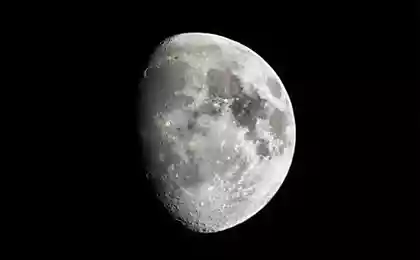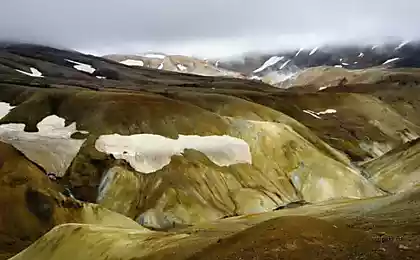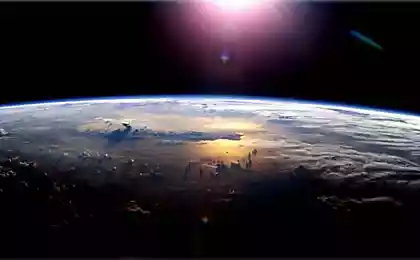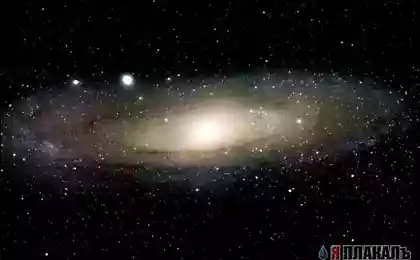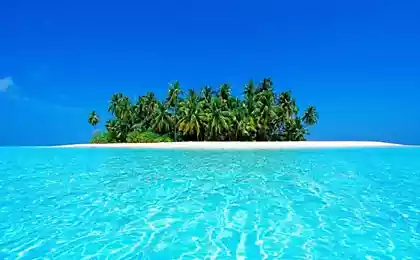158
The size of the solar corona is determined
Solar atmosphere is bigger than previously thought
Observing giant solar waves, scientists have found that the atmosphere of our Sun is much larger than previously thought. According to the third NASA mission, it extends from the surface of the Sun for eight million kilometers.
American scientists of their state of Colorado (Southwest Research Institute in Boulder) under the leadership of Craig De Forest on vibrations resembling sound waves, made a map of the solar corona.
These sounds in the airless space are not audible, but the analysis showed that through the corona they propagate similarly to magnetosonic (Alvenian) waves, which are something between magnetic and sound waves. The frequency of wave oscillations is once every four hours, and the range of propagation exceeds, according to NASA, the diameter of the Earth ten times.
Waves during solar storms and other perturbations on the Sun are ejected from the surface of the star at a distance of more than five million kilometers, after which they go into outer space, separated from the corona, a uniform stream, which is called the solar wind.
NASA officials hope that for the planned mission of Solar Probe Plus in 2018, the research is very important, since the spacecraft, the launch of which is being prepared, will approach the surface of the Sun will have to be as close as possible, which is just over six million kilometers. Previously, no spacecraft has faced such a task, so the new journey into space has historical significance.
The Solar Probe Plus mission aims to study the inner part of the Sun, and the conducted research should help it in this regard. Measurement of the magnetic field, the speed of movement of solar matter and measurement of its density will allow a better understanding of the thermal processes occurring inside the corona and the principle of the solar wind, as well as determine the boundary of the inner heliosphere (the area of action of magnetic and solar winds).
Velli Mark, a member of the Jet Propulsion Laboratory, Solar Probe Plus
Source: planetologia.ru/




